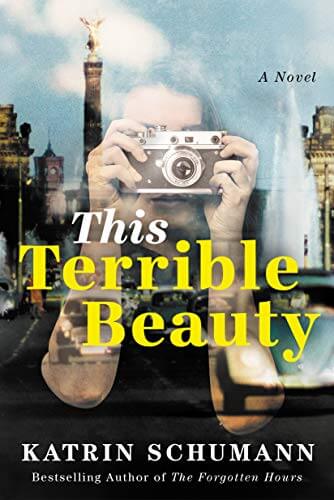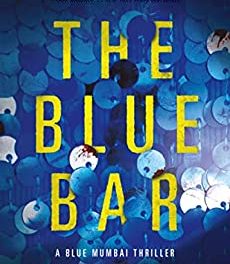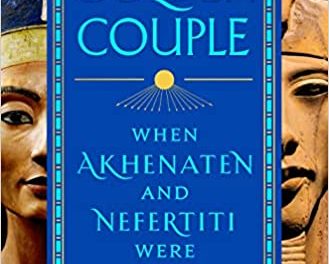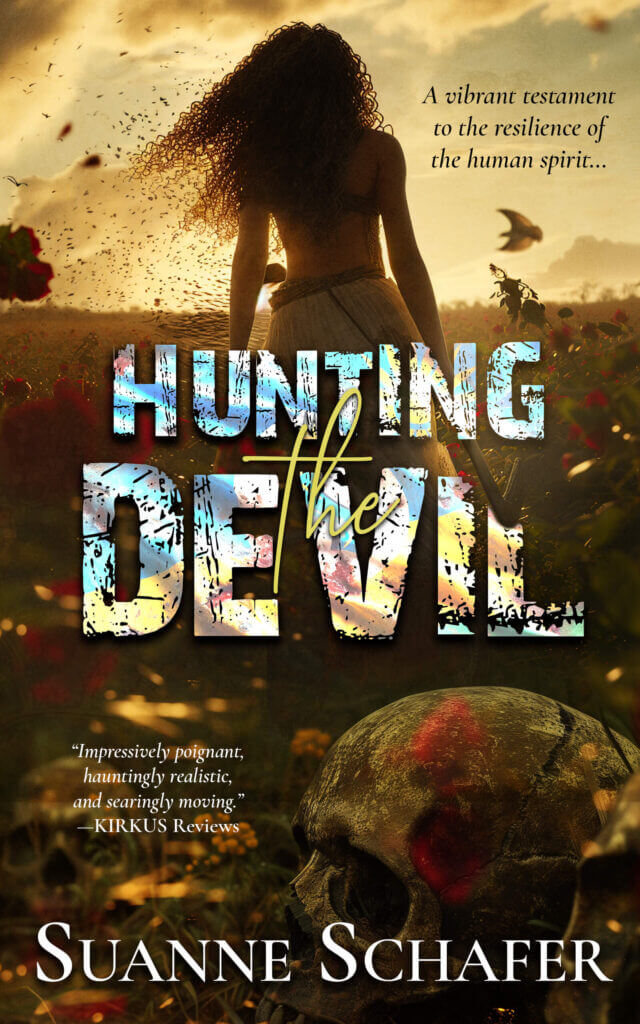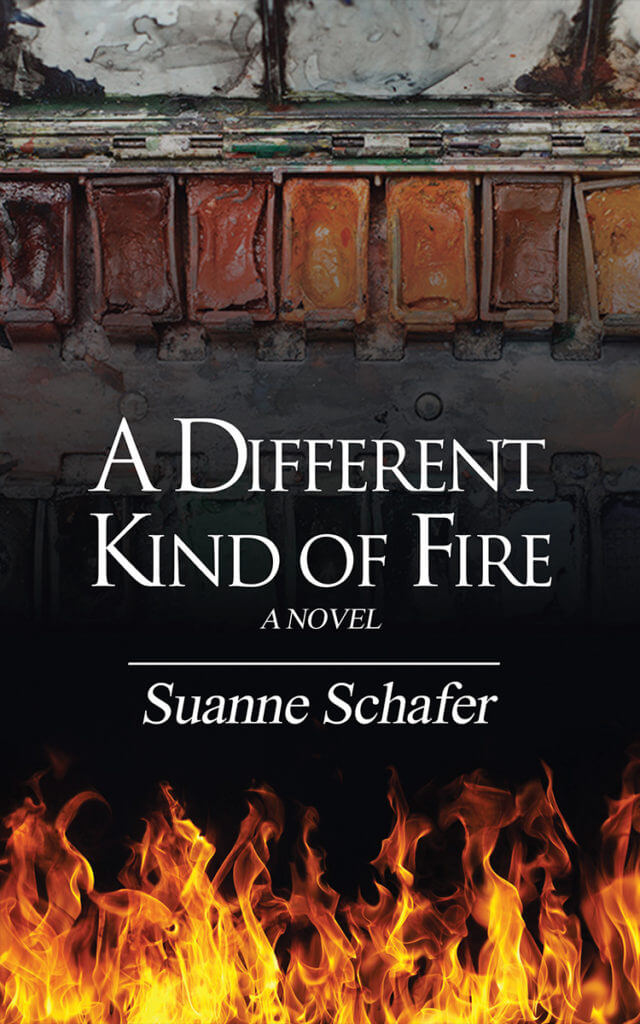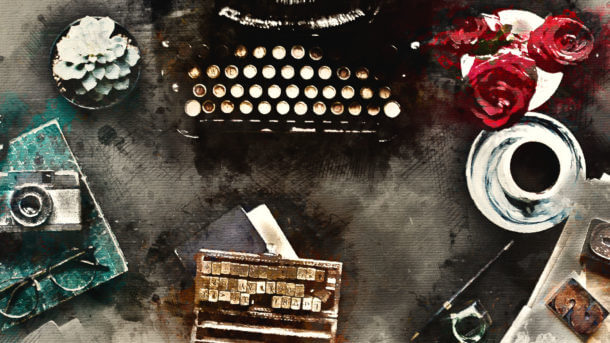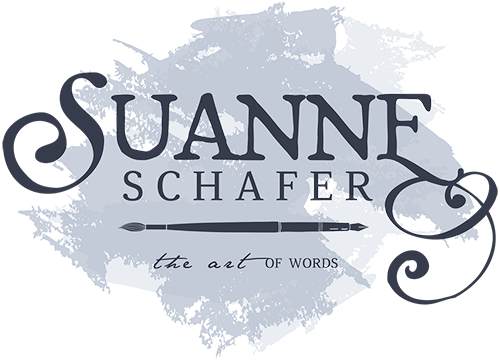There’s a lot to like about This Terrible Beauty. It is historical fiction at its finest, filled with injustice, sacrifice, and redemption. I was drawn to it, as a former photographer, because Bettina Heilstrom, the female protagonist, is a photojournalist, and I was interested in seeing how the author, Katrin Schumann, portrayed photography itself.
The book is told from the points of view of Bettina and her husband, Werner. The setting itself is interesting: Rügen, an island in the remote Baltic Sea, surrounded by Denmark, Sweden, Estonia, Finland, Germany, Latvia, Lithuania, Poland, and Russia. Before and during World War II, the island was part of Germany under the Fuhrer and fascism; the Soviets took it over after the war. Under both regimes, the occupants lived under a totalitarian rule with little personal freedom.
Bettina undergoes tremendous change in her character arc as she falls in love with a man other than her husband and realizes that she cannot be her true self under the authoritarian regime of the Soviets or that of her husband, now a head honcho in the Stasi secret police. Art and politics don’t seem to blend well for her. She must learn to trust herself, her own voice, her own vision in what she photographs. She eventually learns she cannot live a compromised life where her creativity is disparaged. Schumann does a great job portraying large-scale elements through small-scale experiences.
Though Werner is the villain here, you clearly see him as a complete individual with a deep love for his family. Crippled by polio as a child, he was persecuted, so he is easily seduced by power, even as he questions whether his orders are just. A fascinating portrait of a villain.
********************
This Terrible Beauty (Lake Union Publishing, March 1, 2020) is available through:
********************
This post may contain Amazon Affiliate links. As an Amazon Associate, I may earn a small amount from qualifying purchases at no cost to you.
